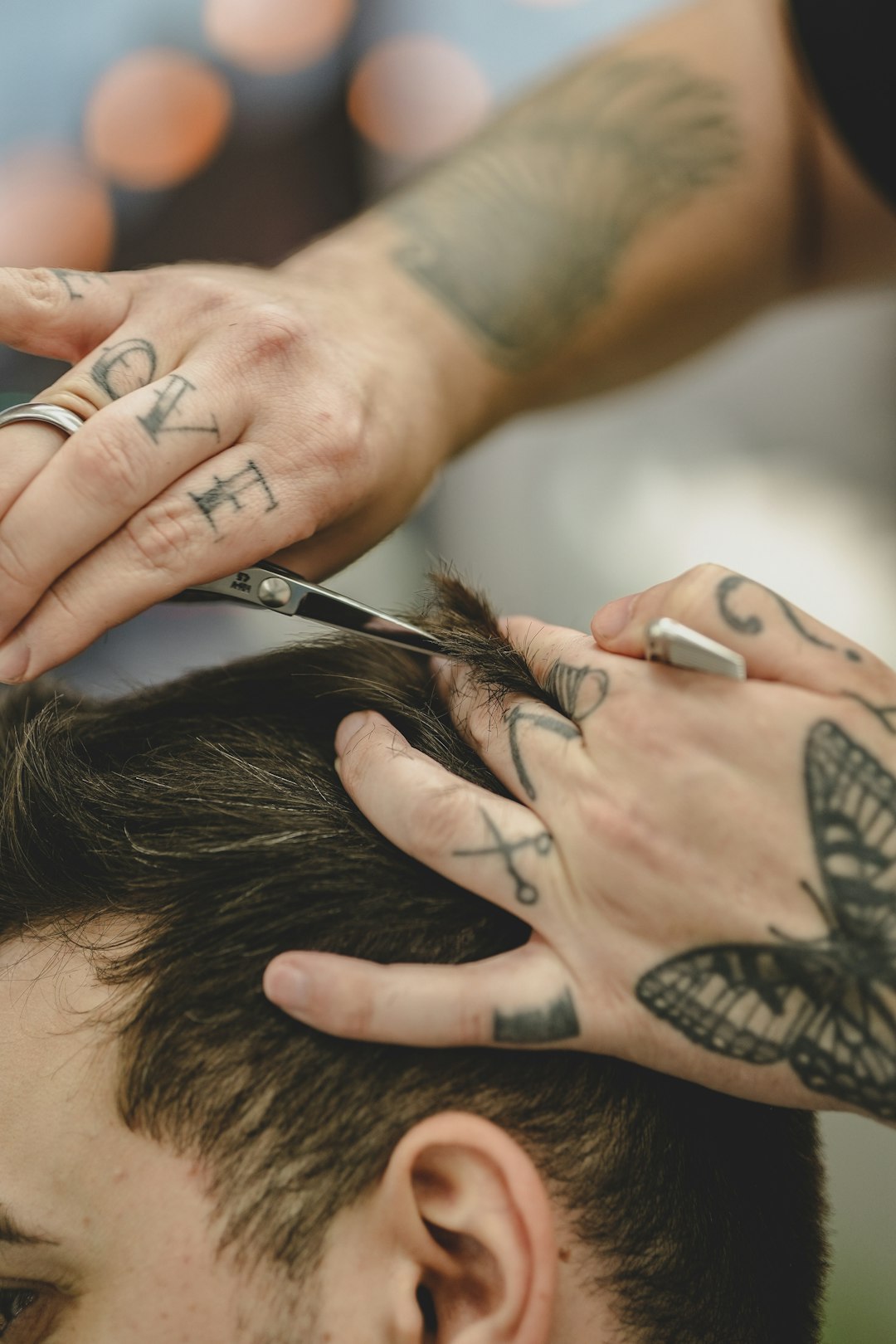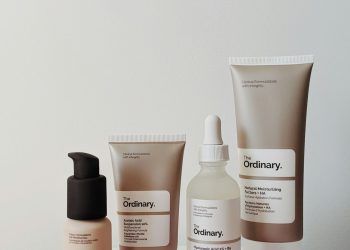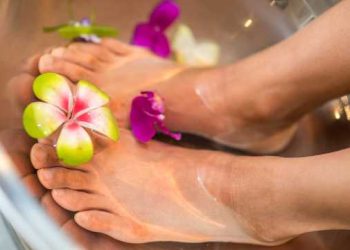Skincare Routine for Acne-Prone Skin: Tips and Products
Acne is a common skin condition that affects people of all ages. It can be frustrating and embarrassing, but with the right skincare routine, you can manage and reduce the appearance of acne. In this blog post, we will share some tips and products that are specifically designed for acne-prone skin.
Tip 1: Cleanse your skin regularly
One of the most important steps in any skincare routine is cleansing. For acne-prone skin, it is essential to use a gentle cleanser that is specifically formulated for acne. Look for products that contain salicylic acid or benzoyl peroxide, as these ingredients can help to control oil production and kill bacteria on the skin.
When cleansing your face, make sure to use warm water and gently massage the cleanser onto your skin in circular motions. Avoid scrubbing your face too aggressively as this can irritate your skin and worsen acne.
Tip 2: Exfoliate to remove dead skin cells
Exfoliation is another crucial step in any skincare routine for acne-prone skin. By removing dead skin cells from the surface of your skin, you can prevent clogged pores and reduce the risk of acne breakouts. However, it is important to choose an exfoliator that is suitable for sensitive skin.
Avoid using harsh scrubs that contain large granules or abrasive ingredients, as they can cause irritation and inflammation. Instead, opt for chemical exfoliants such as AHAs (alpha-hydroxy acids) or BHAs (beta-hydroxy acids) that gently dissolve dead skin cells and unclog pores.
Tip 3: Use a non-comedogenic moisturizer
Many people with acne-prone skin tend to skip moisturizing, fearing that it will make their skin even oilier. However, the truth is that moisturizing is essential for maintaining healthy skin, even if you have acne. The key is to choose a non-comedogenic moisturizer, which means that it won’t clog your pores.
Look for lightweight moisturizers that are labeled as “oil-free” or “non-comedogenic” to ensure that they won’t contribute to breakouts. These moisturizers will hydrate your skin without leaving a greasy residue.
Tip 4: Incorporate spot treatments into your routine
Spot treatments are products that are specifically designed to target individual acne breakouts. They usually contain ingredients like benzoyl peroxide, salicylic acid, or tea tree oil, which can help to reduce inflammation and kill bacteria. Apply a small amount of spot treatment directly onto the affected area after cleansing and before moisturizing.
It is important to note that spot treatments should not be used all over your face, as they can be drying and potentially irritate unaffected areas. They should only be applied to active breakouts or areas where you tend to have frequent acne.
Tip 5: Don’t forget sunscreen
Sun protection is crucial for everyone, including people with acne-prone skin. When choosing a sunscreen, opt for oil-free or gel-based formulas that won’t clog your pores. Look for products that offer broad-spectrum protection with an SPF of 30 or higher. Apply sunscreen as the final step in your skincare routine, even on cloudy days.
In conclusion, a skincare routine for acne-prone skin requires a gentle and consistent approach. Cleansing, exfoliating, moisturizing, using spot treatments, and applying sunscreen are all important steps to take. Don’t forget to consult with a dermatologist if your acne persists or worsens despite using these tips and products. By following these suggestions, you can help manage and improve the appearance of acne-prone skin.












